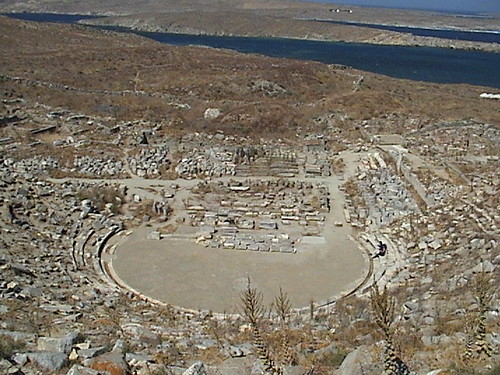
Sir Christopher Wren had displayed his genius in astronomy, mathematics, and medicine. But after the the Great Fire of 1660, the King turned to Wren in despair: London was in ruins; the mostly wooden buildings were in tatters or gone, there were smoking ruins everywhere. The King needed to be able to bring the people of London some hope, living in their tattered rags amidst ruins.
At first, the King had his own estates made good again, and Wren was then able to impose his desire to build London up again, like a phoenix it could arise from the ashes of the ruins and become greater than Rome. The King was enthusiastic, and while encouraging plans on how to first tear down the ancient remaining walls of St. Paul's Cathedral to rebuild, kept receiving delegations from the merchants and citizens of downtown London. They liked the old London better. The narrow, winding alleys that no fire wagons could get down, the dangerous overhangs of wooden buildings that almost touched, it was what London was all about. Wren saw a rebuilt Rome or Athens, with great columns, wide avenues for parades.
Even by 1680, the King of England did not have the authority, or the funds, to push this magnificent plan to create the most grand city the world had ever seen. But by 1800 a French Emperor named Napoleon Bonaparte saw those plans and rebuilt Paris with wide boulevards and parks and magnificence intended for London. The Champs and Tomb of the Unknown Soldier, everything but the Tomb of Napoleon, was the work of Wren. And another French man was received with great honor in the new District of Columbia to a great new city capital design. He had one, which he had thought up all by himself. What a genius. Calm, Sir Christopher. God knows. And now so do all the rest of us. French genius my knickers.
But if you compare the old French Norman Gothic influence of Westminster Abbey, to the grand columns that Wren began to emulate the more open, welcoming look of ancient Greek and Roman buildings, you see that this influence changed just as America was being founded, and within the century men such as Thomas Jefferson were proudly carrying the columns and democratic ideals of Greece, rather than the harsh buildings and tyranny that had been the standard during the early Norman ruled years after William in 1066. English architecture became great just as America was being created, and wisely followed the plans first set forward, and rejected for London, in 1680.
Derek Dashwood has rebuilt many old mansions, so knows how Great was Sir Christopher Wren. He went away from Gothic and brought back Greek and Roman classical. You look in here, you see Rome or Athens, in America.
Roman Antiques [http://www.romanantiqueshop.com].